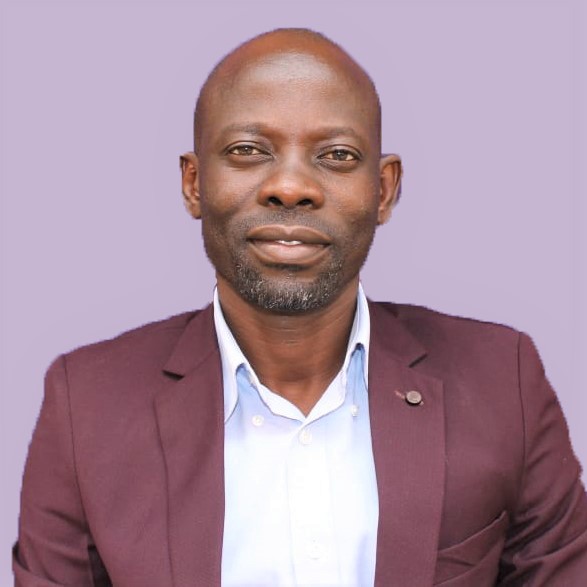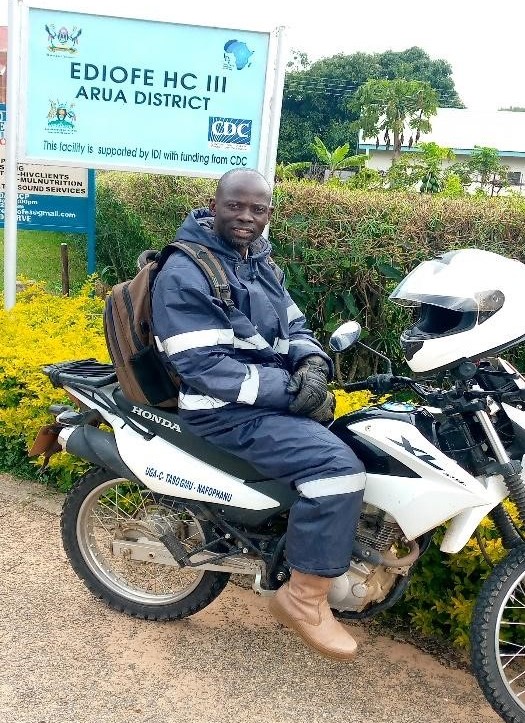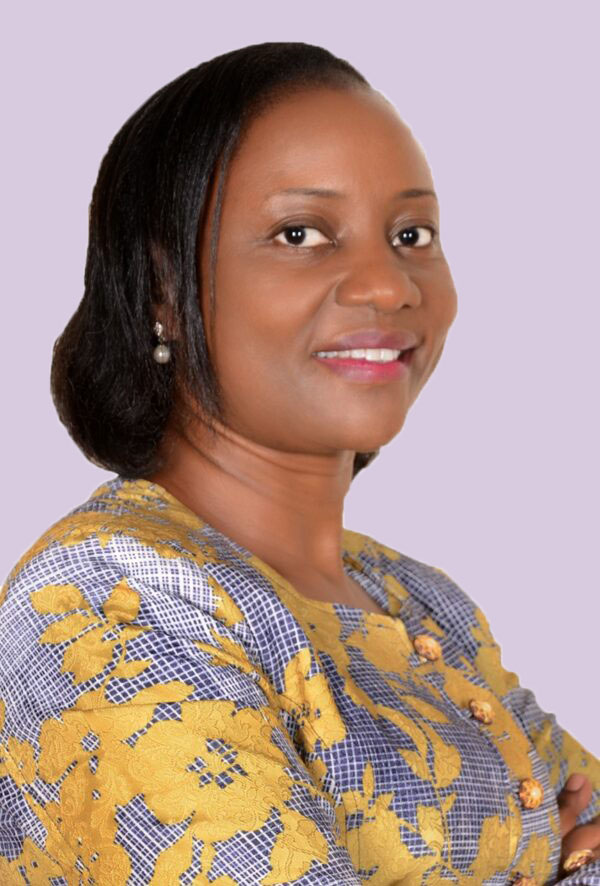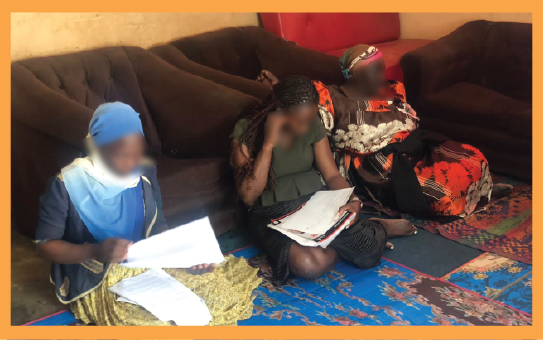The Ministry of Health has made significant strides in improving access to health services with 91 percent of Ugandans now leaving with 5km of the health facility. Reduction of budget allocation to health will roll back the achievement made this far. Investment must now be directed at functionalising these health facilities.
By Peter Eceru
Parliament is currently scrutinising Ministerial Policy Statements for the 2023/2024 Financial Year. The statements are the equivalent to the draft Budgets for the subsequent financial year. For most people, discussions on the budget does not make sense because it is perceived not to add value to their lives. Unfortunately, for millions of Uganda, whose lives depend on access to health care, is dependent on the public health delivery system these conversations are a question of life and death.
Adequate allocation to the health sector is critical to promoting equity in health service delivery. In the next financial year, the health budget allocation is projected to drop to about 6.5 percent of total budget from 7.7 percent as provided in the current budget. The drop is worrying development and must be arrested by Parliament during the current budget scrutiny. To put this into perspective, it is important to look at some macro-economic factors that have a direct impact on the health budget.
In Uganda, the annual population growth rate is about 3 percent per year. The increasing population calls for increased investment in public health. Also, the Uganda shilling is projected to lose value against the dollar. This implies the cost of importing a unit of drugs and other health equipment will become more expensive in the coming year than it is this year. Prudent budget allocation will, therefore, demand that the allocation of resources to health should take into consideration these macro-economic considerations.
The Ministry of Health has made significant strides in improving access to health services with 91 percent of Ugandans now leaving with 5km of the health facility. Reduction of budget allocation to health will roll back the achievement made this far. Investment must now be directed at functionalising these health facilities.
In Uganda, 71.6 percent of the Out-patient Department attendance is at health centres II and III. Similarly, 56 percent of deliveries take place there. To foster health equity, public health financing must ensure that the quality of service at these lower health facilities is improved because they help decongest the higher health facilities.
Improving the quality of health service delivery means investing in essential medicines and health supplies, strengthening human resources for health, investing resources in primary health care, ensuring that there are medical equipment and that they are functional, among others.
The draft budget does not respond to the above needs and in some cases, financing has been reduced. National Medical Stores is projected to receive about Shs537.6 billion in the next financial year with a funding shortfall at Shs245 billion. The biggest funding gap for essential medicines is in health centre IIs accounting for about Shs17 billion. At the height of the drug stockouts earlier this year, we argued that funding was one of the driving factors for drug stockouts in the public health facilities. This budget making process gives Parliament an opportunity to conclusively address stock out challenges.
Last year, Parliament allocated Shs23 billion for Uganda Blood Transfusion Service and made a proposal for progressive increase in the budget for blood collection, processing and distribution. Unfortunately, government has instead proposed a reduction in the budget for blood from Shs23 billion to Shs21 billion. The reduction will mean that Uganda Blood Transfusion Service will be incapable of closing the gap of 150,000 units of blood needed by patients in Uganda with the possible result being that more Ugandans will die.
Financing for service delivery, including health is usually dependent on availability of resources and we have consistently argued that we need to tap into all available opportunities including health insurance.
We also need to aggressively ensure that every one pays their fair share of the tax that is due to them. Uganda currently loses more than Shs7 trillion annually to tax exemptions that would be channelled to service delivery. These have a direct impact on the country’s ability to provide quality health service delivery for its citizens. Government needs to urgently review its policy on tax exemptions.
The writer is the Program Coordinator- Advocacy at Center for Health Human Rights and Development (CEHURD)
A version of this article was published in the Daily Monitor on April 24th 2023.







